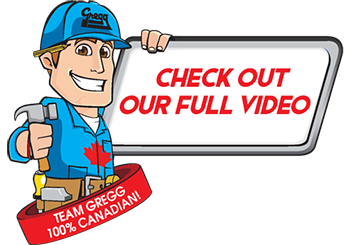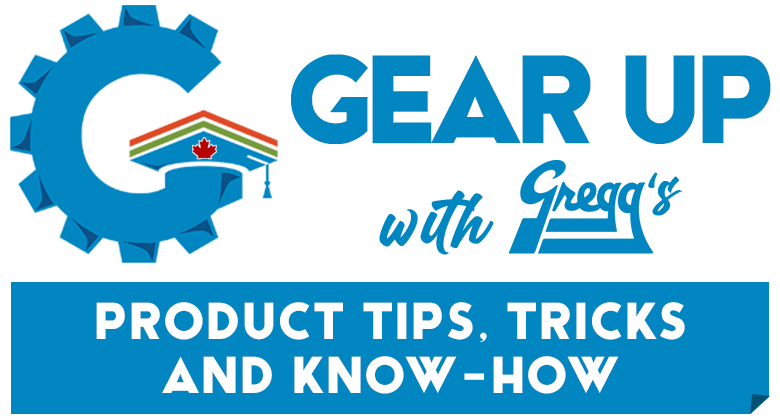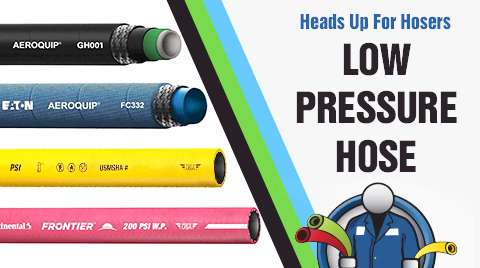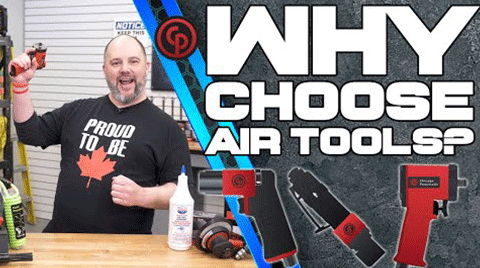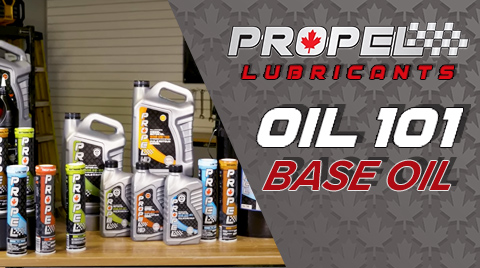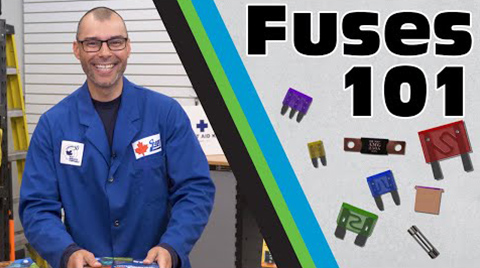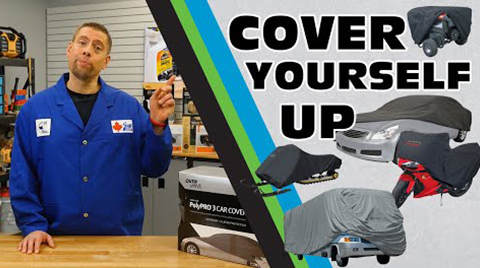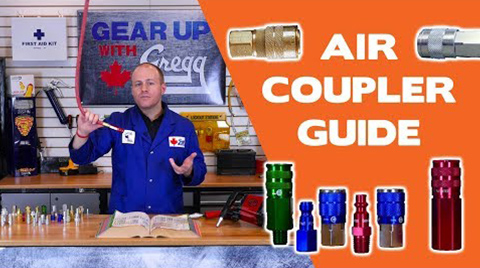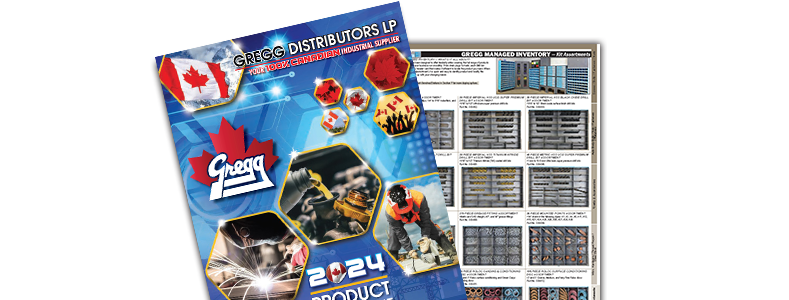The oil in machines is like the blood in our veins, and just like how blood gives life to your body, the right oil gives life to an engine.


Propel Lubricants have been in use for thousands of years. In 1400 BC mutton and beef fats were used to reduce the friction in chariots. We’ve come a long way since then, and our relationship with oils and greases has only grown more intertwined.
What is Oil?

Motor oil has been just a mixture of base oils and additives used to lubricate engine parts, reduce friction, clean, cool, and protect the engine. A lubricant is defined as any substance, usually an oily liquid, or even a solid, that reduces friction, heat, and wear when applied between the surfaces of moving parts. Lubricant and oil can be used as interchangeable terms, as oil is essentially just a specific subgroup under the lubricants umbrella.
There are a number of different types of lubricants: engine oils, transmission oils, hydraulic fluids, gear oils, anti-wear fluids (AW), extreme pressure oils (EP), and a variety of specialty oils, greases, and solid lubricants like metalworking fluids or moly paste. The purpose of any lubricant is to reduce friction and wear, cool, seal, cushion, clean, transmit power, and prevent rust or corrosion. The bearings, cylinders, and gears of any vehicle or machine will likely be the most in need of regular lubrication. So, when looking at purchasing any kind of lubricant you should be looking for one that has: proper viscosity for your application, oxidation resistance, rust and corrosion protection, demulsibility (water separation), foam resistance, seal compatibility, and anti-wear or extreme pressure properties.
Three Main Types of Engine Oils
Conventional/ Mineral
Is derived from refining crude oil. It has excellent properties that allow it to provide lubrication at high temperatures, as well as maintain its stability over long periods of time
Synthetic
Formulated from poly-alpha-olefin (PAO), ester, and/or highly refined group III base oils. Synthetic oils offer better thermal stability at high temperatures, better low-temperature pump-ability, reduced friction, and natural detergency
Semi-Synthetic or Synthetic Blend
These oils are a combination of conventional and synthetic base oils. These oils offer higher performance than mineral oils but they are a lower cost option to full synthetics. There’s a good chance semi-synthetic oil is what’s sitting in your car right now, as they are pretty popular.
Due to the ever-adapting automotive world, most vehicles no longer run on single-grade motor oil. This is especially true if you live somewhere where the winters get cold, like here in Canada. Nowadays most engines use a multi-grade or multi-viscosity oil as it offers better protection all year round. Multi-viscosity modifiers that reduce the influence of temperature on the viscidness of lubricants. These additives prevent your oil from becoming “too thick” in the winter and “too thin” in the summer. This is where the 5W-30 grading comes into play.

The Society of Automotive Engineers (SAE) has established a numerical code system for grading motor oils according to their viscosity characteristics. Because the viscosity of oil changes with temperature, multi-grade oils were developed to provide protection across a range of temperatures. In a 5W-30, the number before the W (standing for winter) describes the viscosity of the oil at low temperatures. The lower the number, the thinner the oil, and the better the oil’s cold temperature or cold start performance. The number after the W describes how thick the oil is at the engine's normal operating temperature. So, in short, this helps explain not only what the grading means on the bottle of oil, but also explains why you no longer need to do seasonal oil changes if your vehicle uses multi-grade oil.
Signs your vehicle needs an oil change
It’s important to keep up with regular oil changes but some signs that indicate you need an oil change are:
- Check engine or oil light comes on
- The oil looks dark and gritty
- Your engine runs louder than usual
Modern vehicles may have an oil life indicator that will give you the most accurate reading. Every vehicle will be different, so it is best to check your owner’s manual for more specific guidelines related to lubricant requirements and oil change intervals.
Why Friction and wear is such an issue
70% of mechanical component replacements or failure is due to surface degradation caused by wear or corrosion. Reactive maintenance can cost 3 to 10 times more than planned maintenance. Up to 80% of all reactive maintenance can be the result of poor or improper lubrication. Studies estimate that as much as one-third of all usable, device-produced energy is lost to friction and wear. Effective lubrication, particularly contamination control, is the key to preventing this degradation, and loss. There are four main types of wear:
Abrasives
Starts with particles that originate as contaminants from outside the engine, such as dirt or soot. These contaminants are ingested through the air intake and circulate throughout the engine, grinding and rubbing against metal components. Most abrasive wear can be eliminated with high-quality air and oil filters
Corrosive
Sometimes referred to as chemical wear, it is the result of chemical attacks on a metal surface, such as the cylinder wall. Chemical corrosion is especially problematic in vehicles used sporadically or seasonally, such as motorcycles
Adhesive
Is the result of metal-to-metal contact under high loads, speeds, or temperatures. Although the metal surfaces in your engine appear smooth to the naked eye, they contain microscopic high spots, called asperities. As asperities slide against each other, they bond, causing the two surfaces to adhere. As they pull apart, they create surface imperfections that accumulate over time and can lead to failures, such as engine seizure
Fatigue
Occurs when regular stress on a lubricated surface causes fractures over time, this happens predominantly in rolling-element bearings
Three main types of friction
Sliding
Occurs when surfaces that are in contact move relative to each other without the aid of any lubricants. This form of friction produces the most heat and consumes the most power as there is full contact with both surfaces. An example of this type of friction is a piston, sliding in a cylinder
Rolling
Can be equally damaging if there are no lubricants applied to the component in motion, it requires less force, therefore, producing less heat and consuming less power. This is because rolling friction occurs when a cylindrical or spherical body is rolled over a plane surface, think of ball or roller bearings
Fluid Friction
This happens when a proper lubricant is applied to the necessary areas where two surfaces come into contact. Fluid friction is the lowest attainable between two surfaces and the kind of friction you want in your engine

Wear happens in part because of the amount of friction created by unlubricated moving parts grinding and rubbing up against one another. Some of the more undesirable effects of friction are;
- Loss of power
- High energy consumption
- Shortening the life of mechanical components
- Increased heat and wear
This increase in heat and wear can actually cause a breakdown in lubricants rendering them no longer useful. An increase in wear can cause a loss of materials from components, such as bearings and pistons, and if the wear is excessive, a malfunction or complete seizure can occur. But, wear protection can be partly achieved by using oil with proper viscosity, and/or anti-wear additives.
Finding the right lubricant for your application
First, you need to ask yourself: What kind of lubricant do I need for my application; oil, grease, or something else? And what type? How much do I need? How do I apply this lubricant? And how often do I need to reapply?
If you know the answers to these questions, narrowing down your options will become significantly easier. But if you’re not sure what lubricant would be best suited for your application, we recommend checking out your owner’s manuals.
Now that’s all for the intro to Propel Oil 101. Stay tuned for the next Propel Oil blog where we are going to get scientific and look at the chemistry of oil. If you have any further questions feel free to contact us, and don’t forget to subscribe to our email list so you can stay up to date with events happening here!
